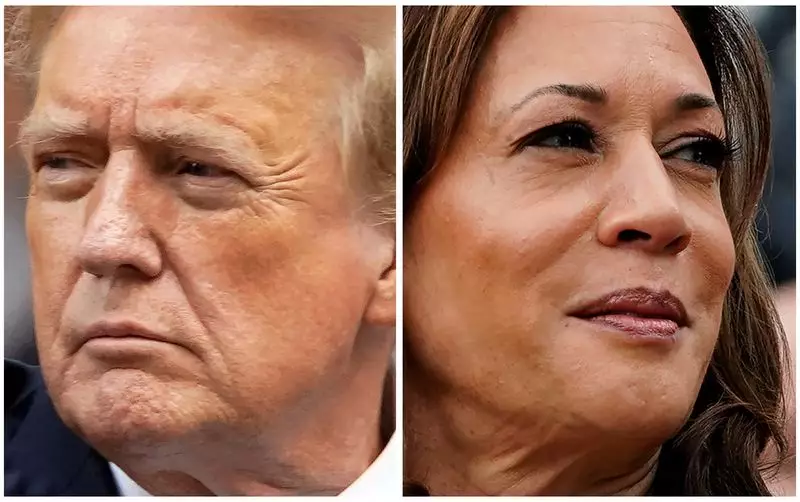As the U.S. approaches the 2024 presidential election, the nation’s budget deficit has reached an alarming height, marking its position as the third-largest in history—$1.7 trillion, or 6.3% of the GDP. This figure becomes even more striking when considering that it is the highest deficit recorded outside the COVID-19 pandemic context. The implications of such a deficit pose serious challenges for the incoming administration, no matter who reigns victorious in the upcoming election.
Given the growing deficit, analysts from Evercore ISI have examined the potential fiscal paths that either Kamala Harris or Donald Trump might take should they assume the presidency. Interestingly, their analysis suggests that the macroeconomic impacts of policies under either candidate would not diverge significantly. While Harris is predicted to advocate for enhanced social programs and investments in infrastructure, her plans might be counterbalanced by tax hikes targeting corporations and affluent individuals. Conversely, Trump is anticipated to emphasize tax reductions and increased military funding, potentially offset by cuts to domestic spending.
In both scenarios, the nature of spending may shift, but the overall magnitude of the budget deficit could remain largely unchanged. This raises critical questions about the efficacy and long-term strategy of fiscal policies under both candidates.
A Divided Government’s Impact
One of the significant hurdles facing a potential Harris administration would be navigating a divided Congress, particularly if Republicans retain control of the Senate. Given this political environment, Harris’s aspirations for increased tax revenue from high earners may face significant resistance, complicating her ability to implement substantial fiscal adjustments. Evercore’s analysis posits that such gridlock could lead to a 1.7% GDP increase in the deficit under her leadership, a negligible difference in comparison to Trump’s expected 1.8% deficit increase driven by his proposed fiscal strategies.
This scenario presents a paradox: while both candidates profess fiscal responsibility, the actions they would take could perpetuate the very budgetary issues they aim to address. The potential for political stalemate raises concerns regarding any meaningful reforms that could stabilize the deficit.
What remain to be seen are the broader economic implications resulting from these projected fiscal policies. Analysts warn that unless substantial reforms occur, the current trajectory is unsustainable. The growing deficit may erode confidence in U.S. economic stability, inviting scrutiny from international investors and influencing interest rates, impeding growth potential.
Moreover, the urgency for deliberate fiscal strategies underscores the need for both parties to engage collaboratively to seek viable solutions. As the 2024 election season intensifies, how each candidate delineates their economic vision amid such staggering figures will be pivotal not only for their political aspirations but also for the economic health of the nation moving forward.
The stakes are high, and the path chosen by either administration could reverberate well beyond the electoral cycle, shaping fiscal policy and national economic strategy for years to come.

